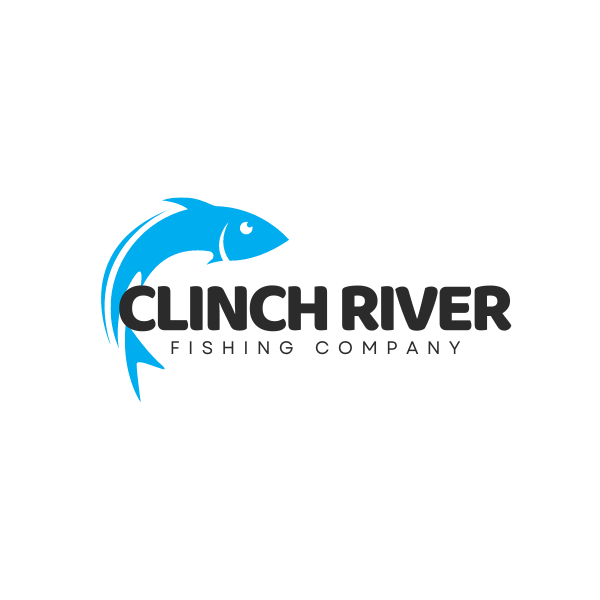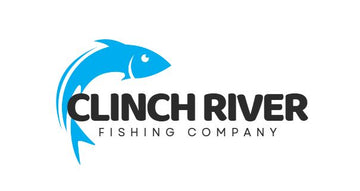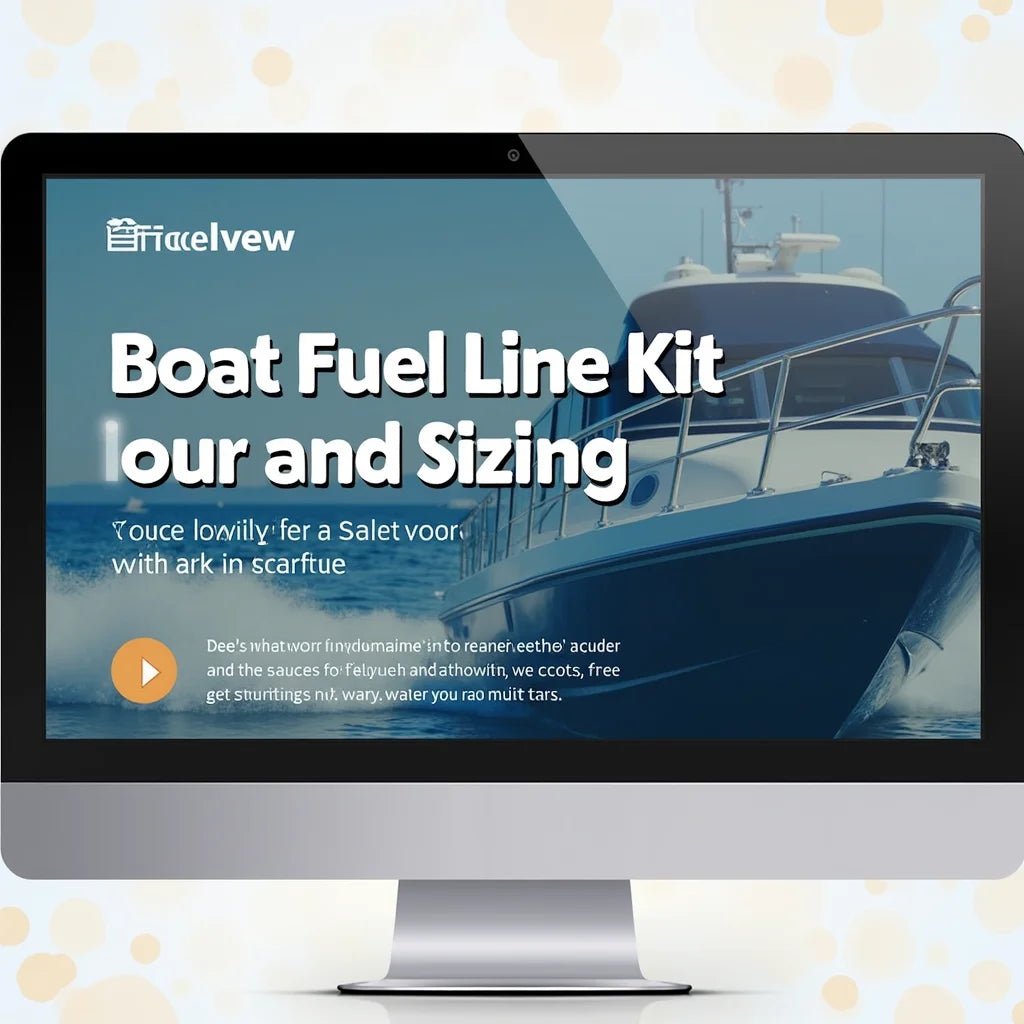Updated on: 2025-10-09
Table of Contents
- Boat Fuel Line Kit Essentials for Reliable Outboard Performance
- How to Install and Prime a Boat Fuel Line Kit on an Outboard Engine
- Benefits & Reasons to Upgrade Your Marine Fuel Line Kit
- Troubleshooting Common Issues with Outboard Fuel Line Kits
- FAQ: Boat Fuel Line Kit Questions Answered
A reliable boat fuel line kit can make every launch calmer and every ride smoother. In the first minutes on the water, the right marine fuel line kit helps your outboard start with less cranking, and a well‑placed marine fuel primer bulb can reduce air in the line. If you are comparing an outboard fuel line kit for the first time, or if you are upgrading to handle today’s fuels, this guide aims to help in a friendly, practical way. We will cover connectors, hose size, priming, and light troubleshooting, including choosing the correct outboard fuel tank connector for your engine.
Boat Fuel Line Kit Essentials for Reliable Outboard Performance
What is a Boat Fuel Line Kit and How It Works
A boat fuel line kit is the assembly that carries fuel from your portable tank or built‑in tank to your outboard. Most kits include fuel‑rated hose, a marine fuel primer bulb, clamps, and an outboard fuel tank connector that matches your engine brand. When you squeeze the primer bulb, it creates suction that pulls fuel forward, purges some air, and feeds the engine’s fuel system. A sound outboard fuel line kit resists collapse, resists ethanol, and maintains a steady flow as you change speeds on the water.
3/8 vs 5/16: What Size Boat Fuel Line Kit Do You Need?
Most small to mid‑size outboards are well served by either a 5/16‑inch or 3/8‑inch hose. As a general guideline, a 5/16‑inch boat fuel line may suit smaller displacement engines and light fuel demand. A 3/8‑inch boat fuel line kit offers slightly higher flow and is common for mid‑range motors and setups where longer hose runs or higher RPM operation are expected. If you are unsure, it can be helpful to consult your engine manual. Many owners prefer a boat fuel line kit 3/8 inch with primer bulb, ethanol‑resistant, for its flexibility and flow, especially if later upgrades are possible.
Materials: Ethanol‑Resistant Hose and Marine Fuel Primer Bulb
Modern gasoline often contains ethanol, which can harden, swell, or degrade some older rubber compounds. An ethanol‑resistant marine fuel line kit helps maintain flexibility and reduces the chance of internal breakdown or flaking. A quality marine fuel primer bulb should have strong one‑way check valves, firm end fittings, and clear flow arrows. Many boaters appreciate a primer bulb with a grippy exterior that stays flexible in cooler weather and does not soften excessively in heat.
Outboard Fuel Tank Connector and Brand Compatibility
The outboard fuel tank connector mates the hose to your engine and to the portable tank. These fittings vary by brand and era. If you own a Mercury, Yamaha, Suzuki, Evinrude/Johnson, Honda, or Tohatsu, matching the correct fitting style helps the connection seal without leaks. Some kits include multiple adapters; others are brand‑specific. When choosing the best boat fuel line kit for Mercury outboard motor applications, many owners prefer a kit sold specifically for Mercury‑style connectors to keep installation simple and secure.
How to Install and Prime a Boat Fuel Line Kit on an Outboard Engine
If you have wondered, “How do I install and prime a boat fuel line kit on an outboard engine?”, the steps below aim to keep the process calm and straightforward. Working slowly, observing safety, and double‑checking each connection can support a clean result.
Step 1: Preparation and Safety
Park the boat in a well‑ventilated area, away from open flames. Close the fuel tank vent if your tank design allows. Set out your new outboard fuel line kit, marine fuel primer bulb (if not pre‑installed), clamps, a small screwdriver, and shop towels. If reusing a portable tank, empty or reduce its fuel level to make handling easier. If needed, note the flow direction on your old line before removal.
Step 2: Route the Hose and Make Solid Connections
Dry‑fit the hose path from the tank to the engine, avoiding sharp bends or hot surfaces. Connect the outboard fuel tank connector on the engine side first. Slide clamps over the hose before pushing it onto barbed fittings; then seat the hose fully and tighten clamps gently but firmly. Repeat on the tank side. If your kit includes quick‑connect ends, listen and feel for the positive “click” when they lock in place.
Step 3: Position the Marine Fuel Primer Bulb
Place the primer bulb with the arrow pointing toward the engine. Many boaters prefer the bulb near the tank so it stays accessible. Ensure it rests in a spot where it will not trap air, kink the hose, or rub against sharp edges. Small zip ties or clips can help keep the hose line neat without crushing it.
Step 4: Prime the System and Start Gently
Open the tank vent if applicable. Squeeze the primer bulb repeatedly until it becomes firm. This can take a little time if the line is long or if the bulb and filter were empty. Once the bulb is firm, turn the key and start the outboard according to your manual. A smooth idle suggests the system is pulling fuel. If cranking takes longer than usual, give the bulb a few more gentle squeezes and try again.
Step 5: Post‑Install Checks and Leak Testing
With the engine idling, inspect all connections for dampness. Wipe each joint with a dry towel and recheck after a few minutes. Snug any clamps that seep. Coil extra hose carefully and secure it so it cannot chafe. If everything stays dry and the primer bulb remains firm, your installation is in a good place.
If you would like to explore gear options that complement your new boat fuel line kit, you may find it helpful to Browse all gear or Read guides for practical tips.
Benefits & Reasons to Upgrade Your Marine Fuel Line Kit
Upgrading to an ethanol‑resistant, well‑sized outboard fuel line kit can support everyday reliability and a more relaxed time on the water. Below are gentle reasons boaters often consider a refresh.
- Smoother starts and priming: A high‑quality marine fuel primer bulb with strong check valves can help the engine start with less cranking.
- Improved throttle response: The right hose size, such as a 3/8‑inch boat fuel line kit for mid‑range motors, may help maintain steady fuel flow under load.
- Reduced leaks and odors: Fresh clamps, flexible hose, and a well‑matched outboard fuel tank connector can reduce weeping connections.
- Compatibility peace of mind: Brand‑appropriate connectors, especially for engines like Mercury, make setup straightforward and consistent.
- Longer service life: Ethanol‑resistant materials resist swelling and breakdown, helping the system stay clean inside.
If you are refreshing an older setup, choosing a boat fuel line kit 3/8 inch with primer bulb, ethanol‑resistant, can be a practical default when the engine’s guidance supports it. For brand‑specific needs, the best boat fuel line kit for Mercury outboard motor owners is usually the one with verified Mercury‑style connectors and well‑rated hose.
Troubleshooting Common Issues with Outboard Fuel Line Kits
Even with careful installation, small issues can appear. These gentle checks may help you locate the cause without stress.
If the Primer Bulb Won’t Firm Up
Check that the bulb’s arrow points toward the engine. Ensure the tank vent is open if your tank uses one. Confirm each quick‑connect is seated fully. If the line sits in a loop that traps air, reposition the bulb so the fuel flows upward toward the engine. A worn bulb or a sticking check valve may also be a factor; replacing the bulb can be a simple fix.
If the Engine Stalls or Sags at Throttle
Consider whether the hose size matches the engine’s fuel demand. A 5/16‑inch hose may be fine for small motors, while a 3/8‑inch boat fuel line kit often supports higher flow. Inspect clamps for overtightening that might pinch the hose. Also check the pickup in the portable tank and any in‑line filters for restrictions.
If You Smell Fuel or See Wet Spots
Wipe each connection and watch for fresh dampness. Lightly snug clamps if needed. Verify the outboard fuel tank connector O‑rings are intact and free of nicks. If the hose jacket shows cracking or stiffness, it may be time to refresh the line with an ethanol‑resistant marine fuel line kit.
If you would like friendly assistance or help choosing parts, you are welcome to Contact us. To see new arrivals and seasonal picks, you may also Shop at your own pace.
FAQ: Boat Fuel Line Kit Questions Answered
How do I install and prime a boat fuel line kit on an outboard engine?
Mount brand‑matched connectors, route the hose to avoid kinks, and place the marine fuel primer bulb with the arrow pointing toward the engine. Tighten clamps evenly without cutting into the hose. Open the tank vent if applicable, then squeeze the bulb until it firms up. Start the engine and inspect for leaks. A few additional squeezes may help purge air on the first start.
What size boat fuel line kit (3/8 vs 5/16) do I need for my motor?
Both sizes work well in the right context. Smaller engines and shorter runs may be comfortable with 5/16. Mid‑range motors, longer hose runs, or higher sustained RPM often benefit from a 3/8‑inch boat fuel line kit. When in doubt, your engine documentation can provide helpful guidance.
Which primer bulb and connector should I choose for my outboard?
Look for a marine fuel primer bulb with strong check valves, clear flow arrows, and ethanol‑compatible materials. Choose an outboard fuel tank connector that matches your engine brand and era. For example, if you run a Mercury outboard, a kit specifically labeled for Mercury connectors can simplify installation and reduce the chance of leaks.
Gentle note: Please follow your engine manufacturer’s recommendations, use fuel‑rated components, and work in a well‑ventilated area. Dispose of any fuel‑soaked materials responsibly.

Owner and CEO of Clinch River FIshing USA. A marine electroncs, fishing and outdoor store.

